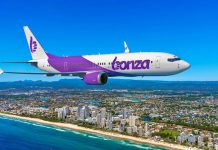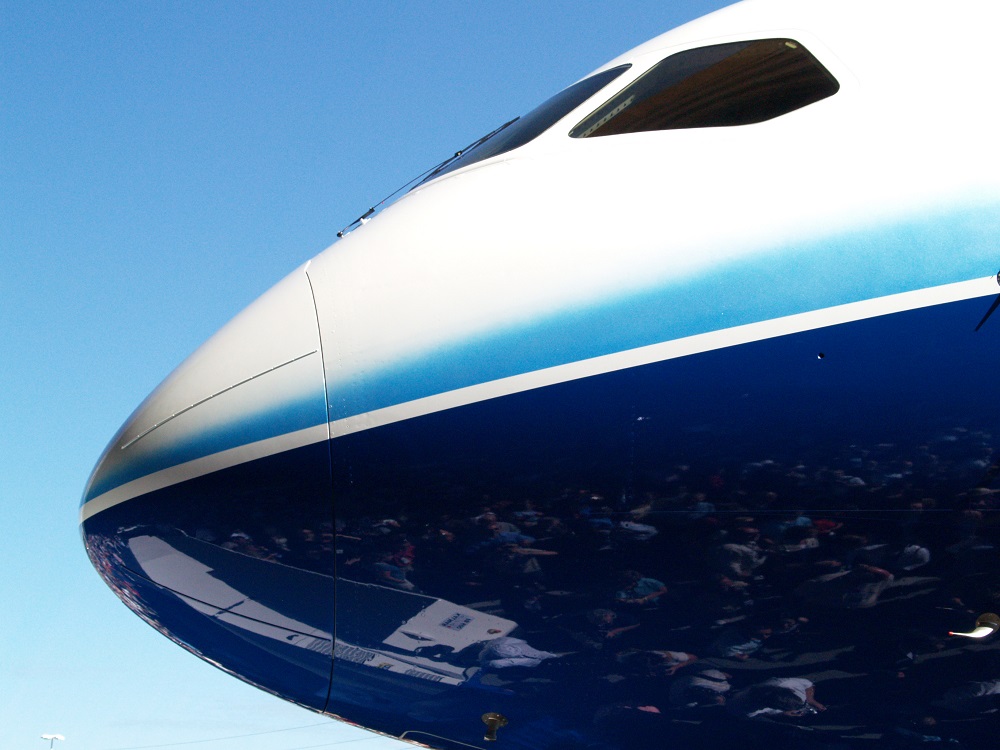- Early rudimentary testing
Verifying aircraft performance, reliability and structural integrity in the early years of aviation required simple innovations like having several hundred production workers stand on a wing. By the 1930s, aircraft design had advanced considerably, but structural testing had not, and Douglas Aircraft used a steamroller driven across the wing to demonstrate structural integrity of its new DC-1.
- Modern aircraft require rigorous laboratory testing
Airframe strength was one thing, but metal fatigue became an issue with the advent of pressurization in the Jet Age, and today’s digital airliners pose even more flight test challenges. Testing and certifying new aircraft today is an extremely sophisticated and expensive process. For its new 777 in the early 1990s, Boeing spent $370 million on an Integrated Aircraft Systems Laboratory (IASL) to test entire aircraft systems. The IASL tested nearly 60 major aircraft systems and 23,000 separate parts in 46 different labs. The undercarriage alone was tested 40,000 times. In one lab, more than 40 problems were identified and solved before the aircraft ever flew.
- Laboratory torture chamber
During lab testing, Boeing tortured the aircraft itself in what became the most comprehensive structural evaluation in the company’s history. Like all manufacturers, they had to prove the structure could carry maximum design loads in the most extreme conditions over the life of the aircraft. Boeing tested individual components, then took the second fully-built 777 and tested it to destruction. The test rig looked like a medieval torture chamber with 96 hydraulic actuators for applying stress to the aircraft with no less than 4,300 gauges to measure the effects. There were 500 miles (805km) of cables connecting gauges to the monitoring system, where about 1,500 channels of data were monitored in real-time by structural engineers validating predictions and identifying any structural weaknesses. The 777 was severely punished in 120,000 simulated flights – twice the aircraft’s expected life cycle. Each lasted about four minutes and the fuselage was pressurized to 8.6 lbs per square inch. The flight consisted of taxiing, climb, cabin pressurization and depressurization, descent and landing. To add realism, Boeing mixed the severity of flights from completely smooth to extremely turbulent.
- Bending wings to breaking point
After simulating two lifetimes of air loads, the engineers bent the wing upwards 24 feet (7.31m), which applied approximately half-a-million pounds of brutal force before the wing fractured.
- Velocity Minimum Unstick Test
The dramatic Velocity Minimum Unstick test (Vmu) determines an aircraft’s minimum lift-off speed. The test pilot rotates the aircraft below normal takeoff speed so the jetliner “sits” on its tail scraping along the runway on a protective skid until reaching minimum flying speed.
- Rejected Takeoff
Another torturous test is the rejected takeoff (RTO) where the airliner is loaded to its maximum takeoff weight and accelerates to takeoff speed. Without using reverse thrust, the pilot must bring it to a complete stop using brakes only. After stopping, the carbon brakes glow red hot, but no action can be taken for five minutes, representing the time needed for emergency vehicles to reach the aircraft.
- Weather field testing
Other tests involve searching for the world’s worst weather conditions. Boeing found freezing temperatures for cold soak tests in Sweden and Alaska, while New Mexico and Alice Springs, Australia, served-up searing summer heat. Alaska also provided the worst possible crosswind landings.
- Reliability ensured through torturous test procedures
When testing was completed, the fleet of nine 777s had flown 6,700 hours and more than 4,800 flight cycles. The results were well worth it, for the 777 and its contemporaries are the most reliable commercial airliners ever flown.
























